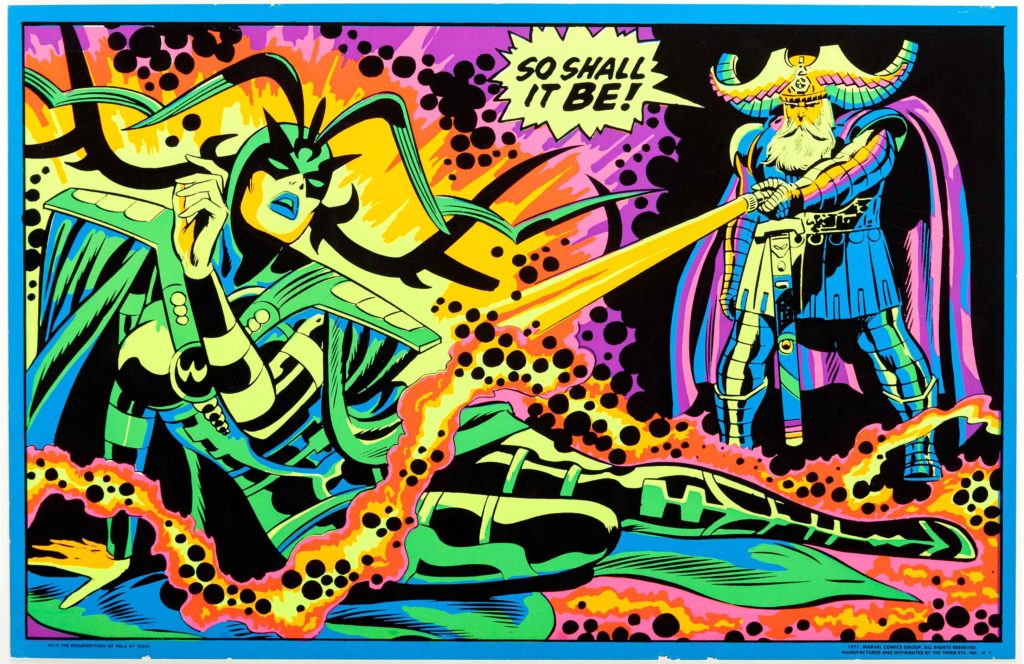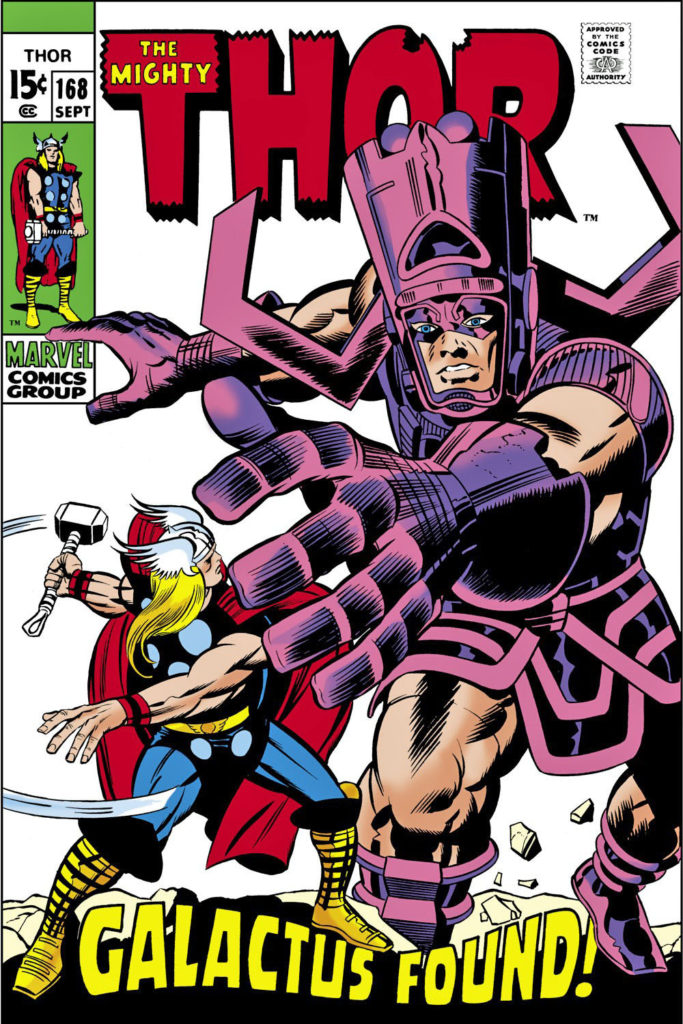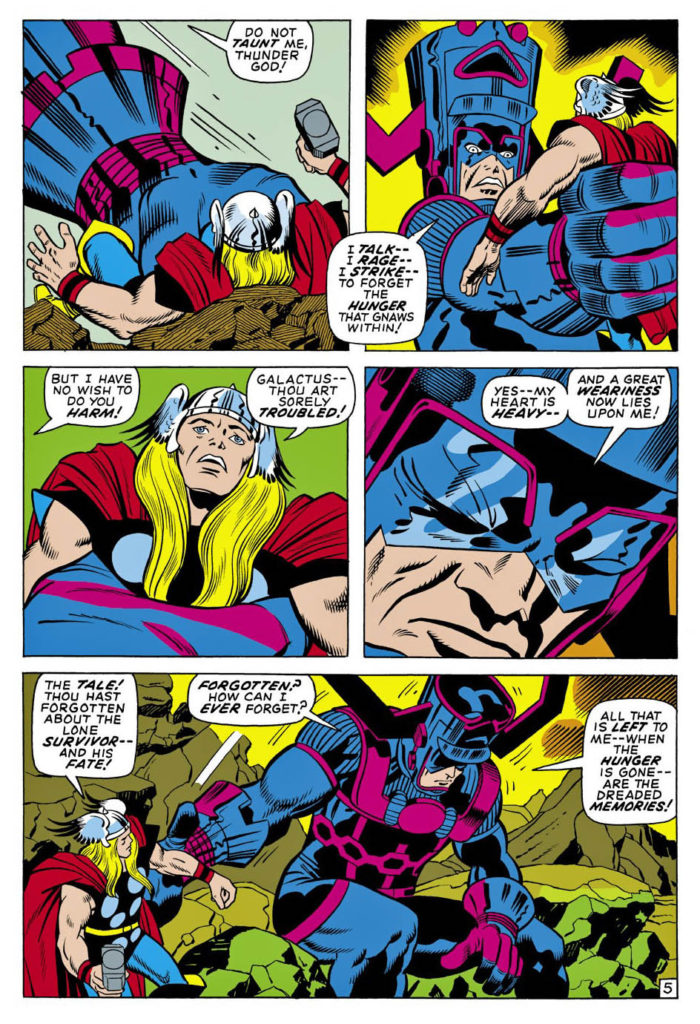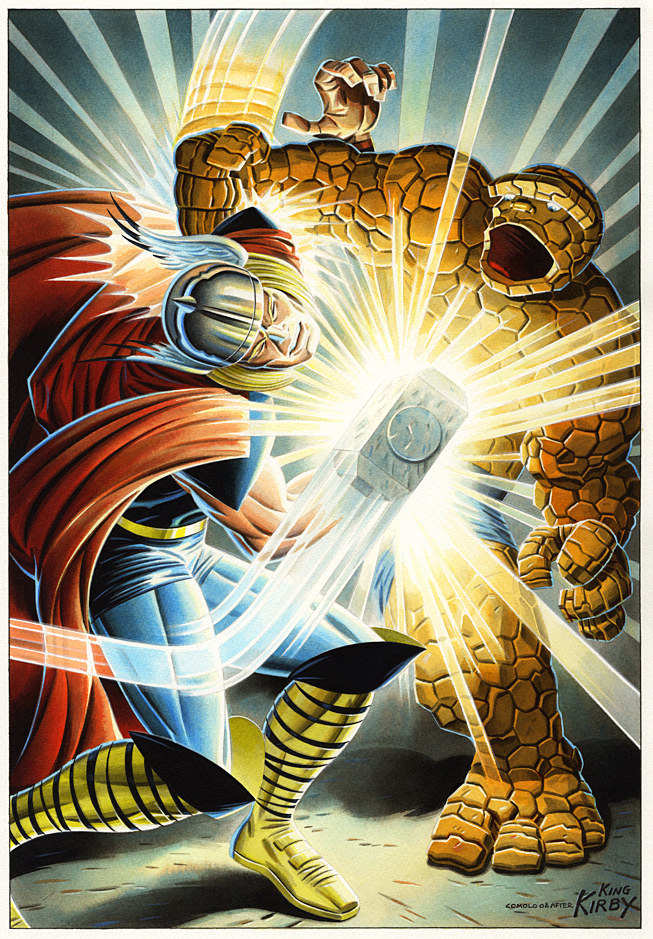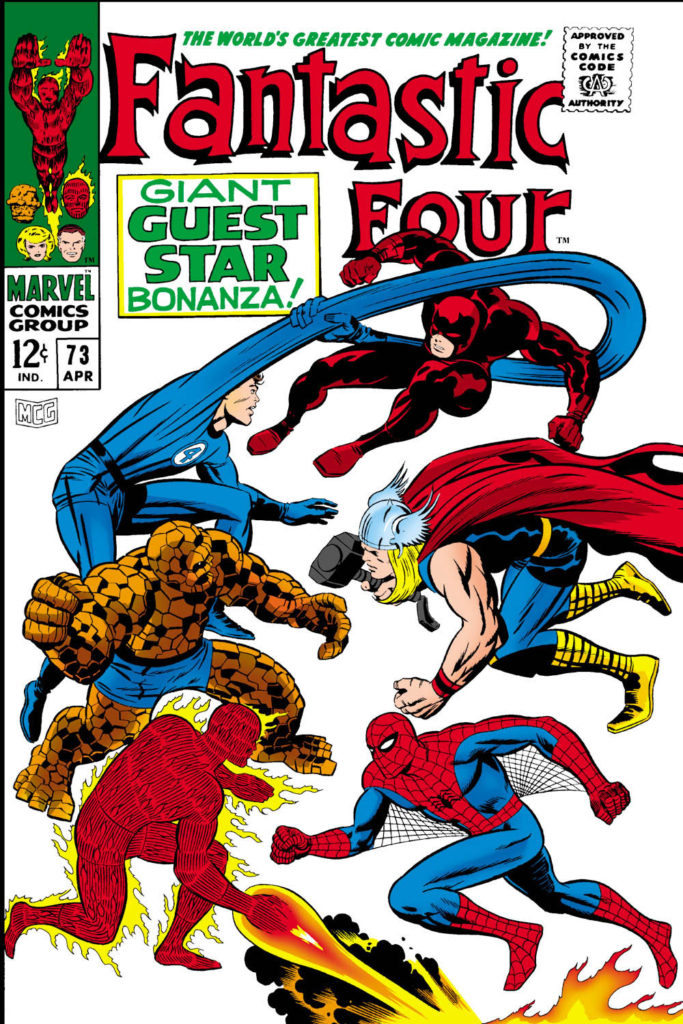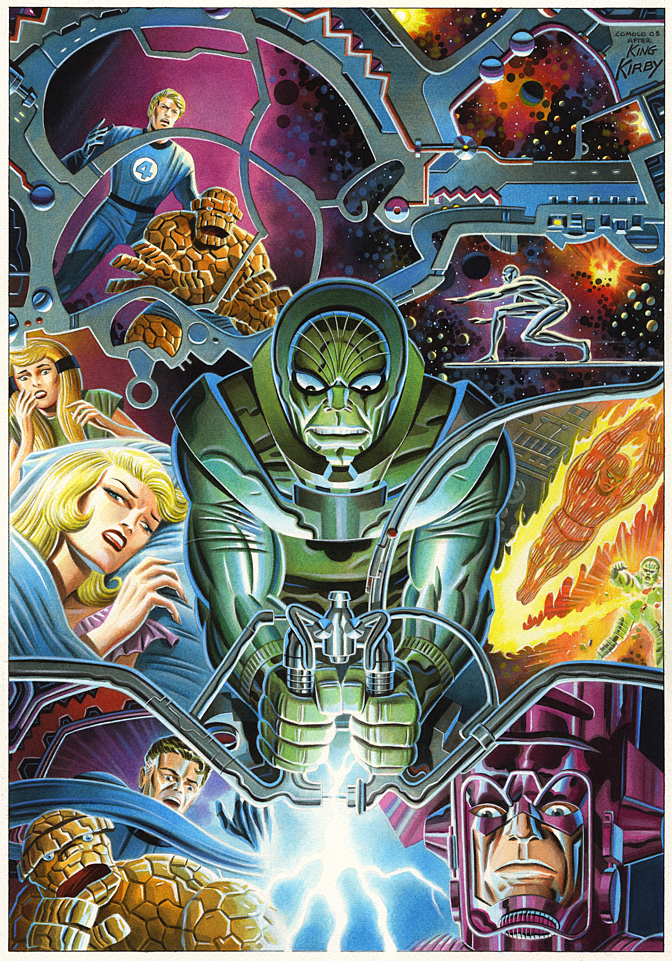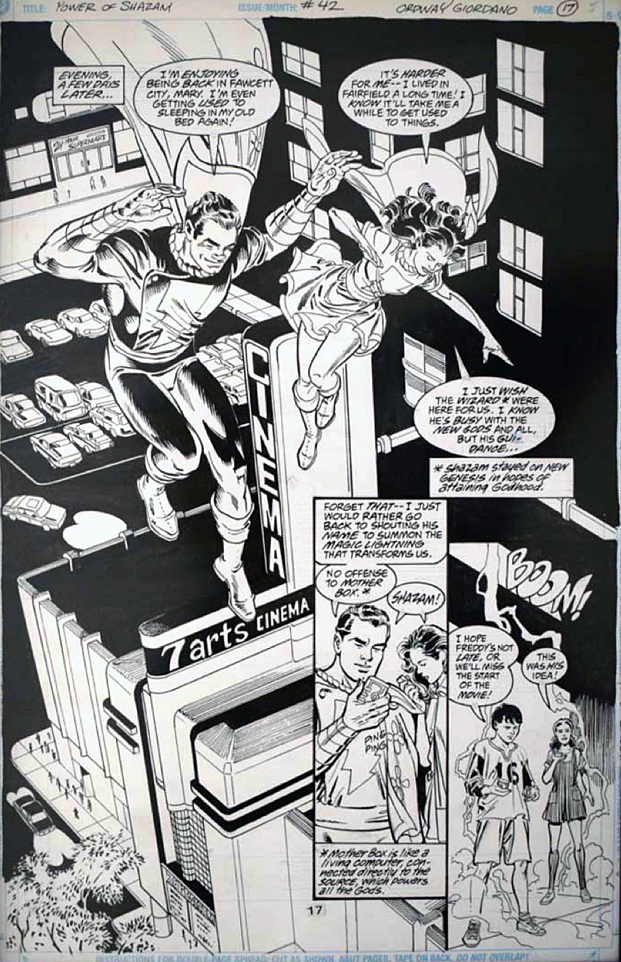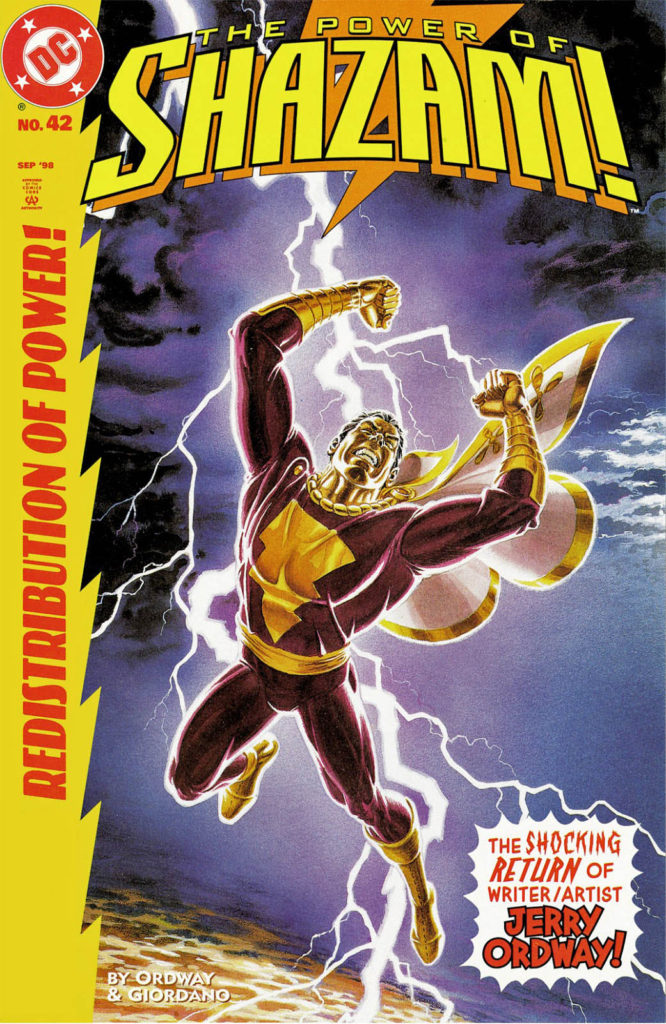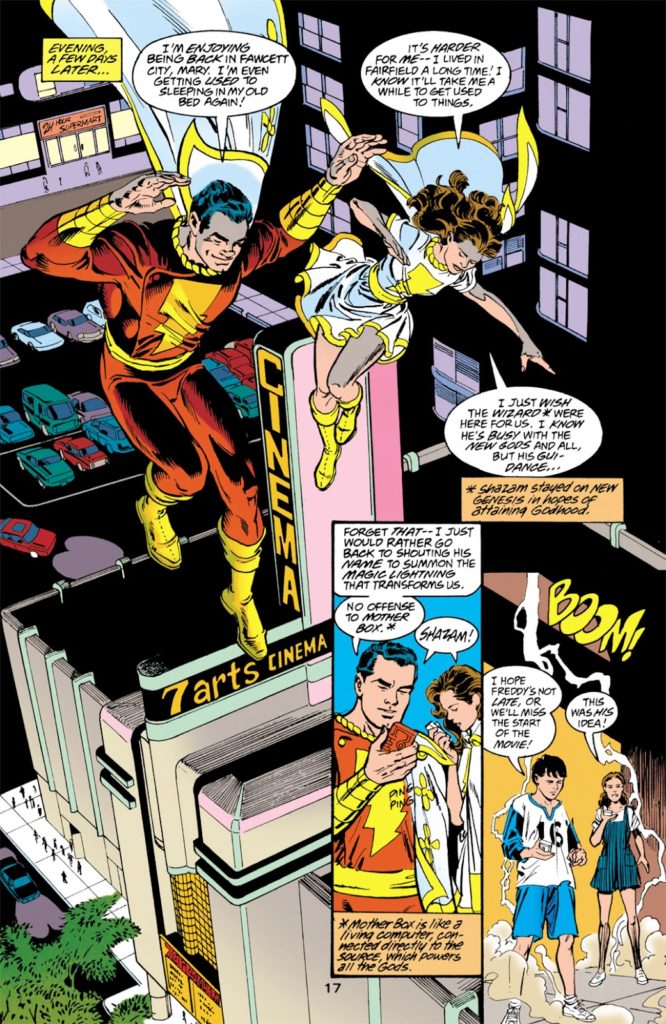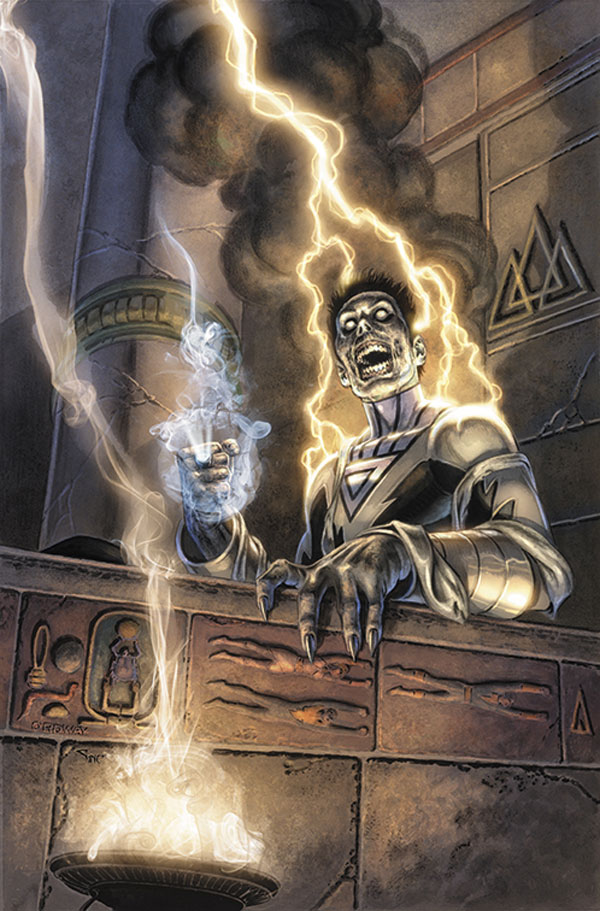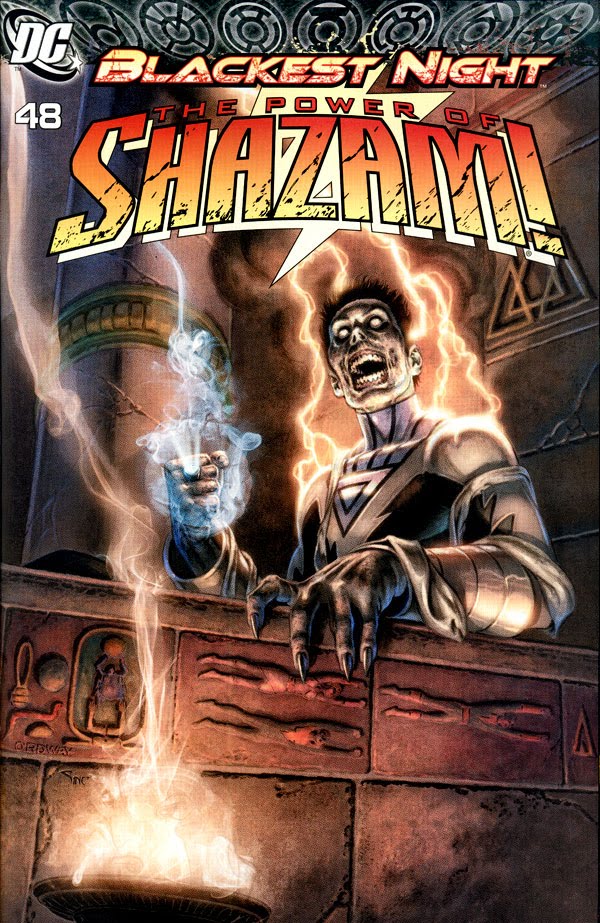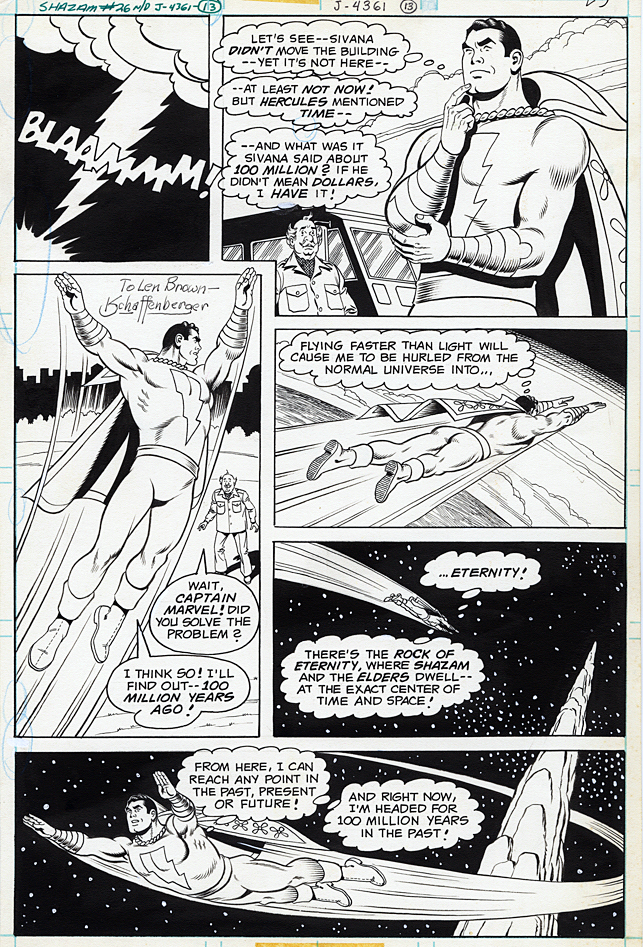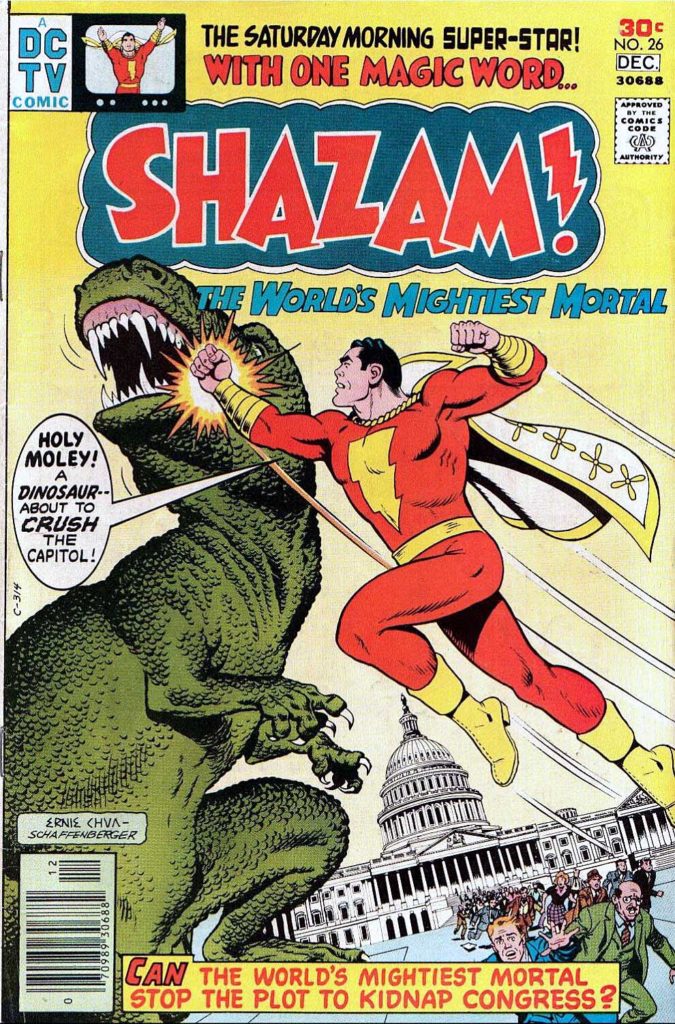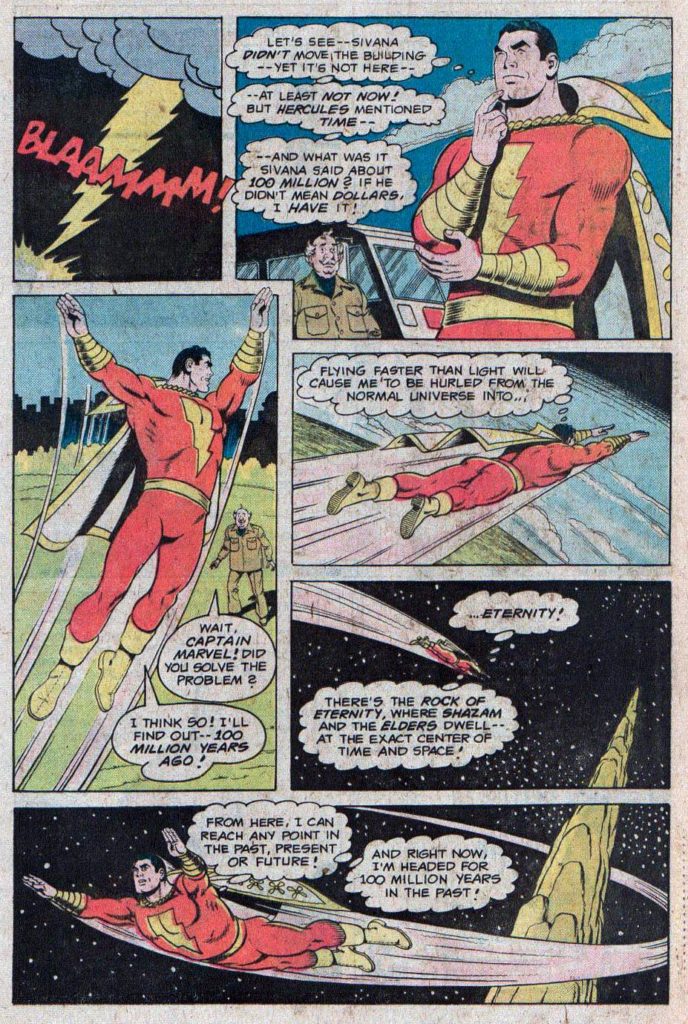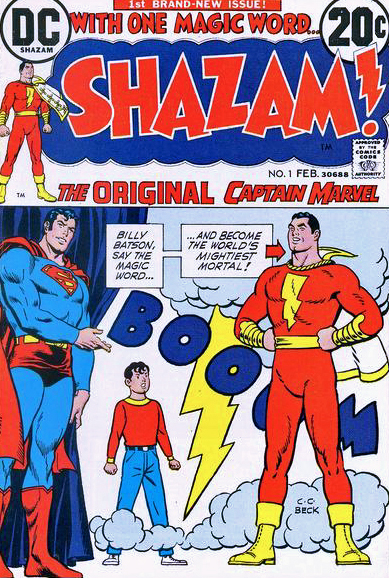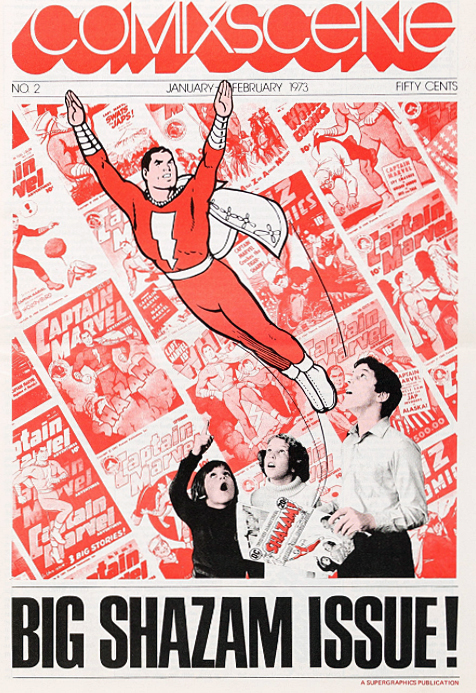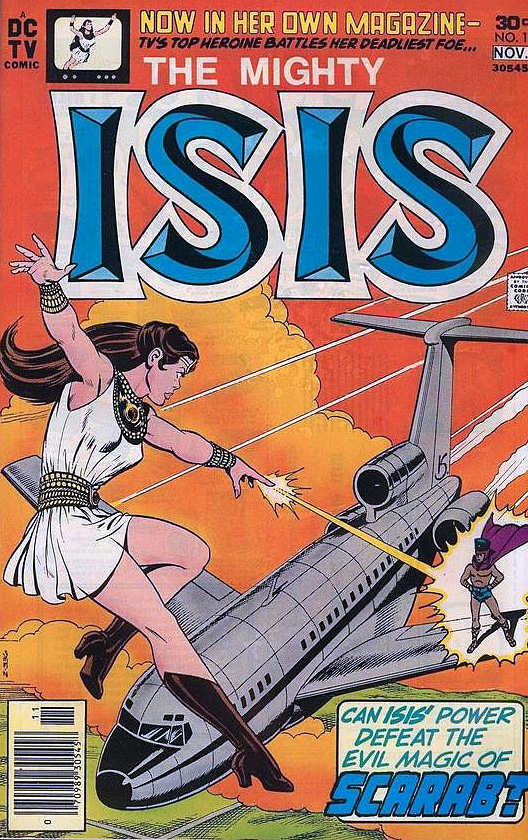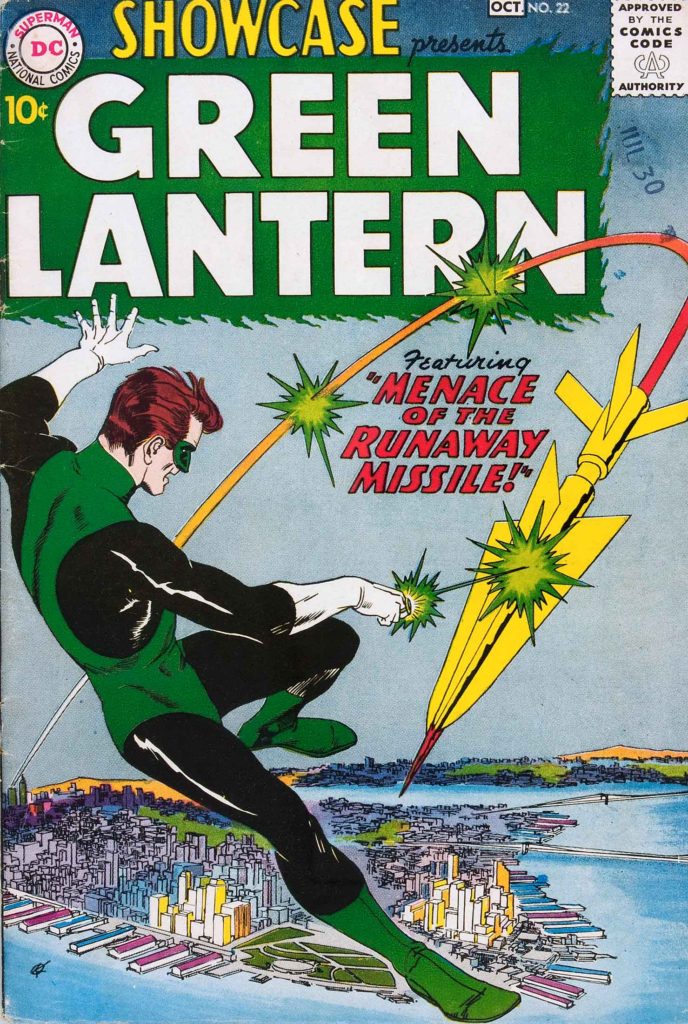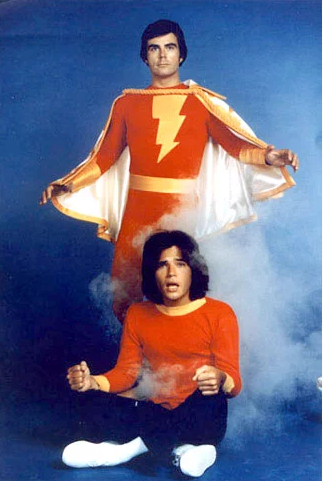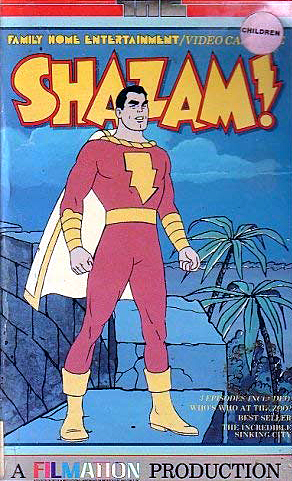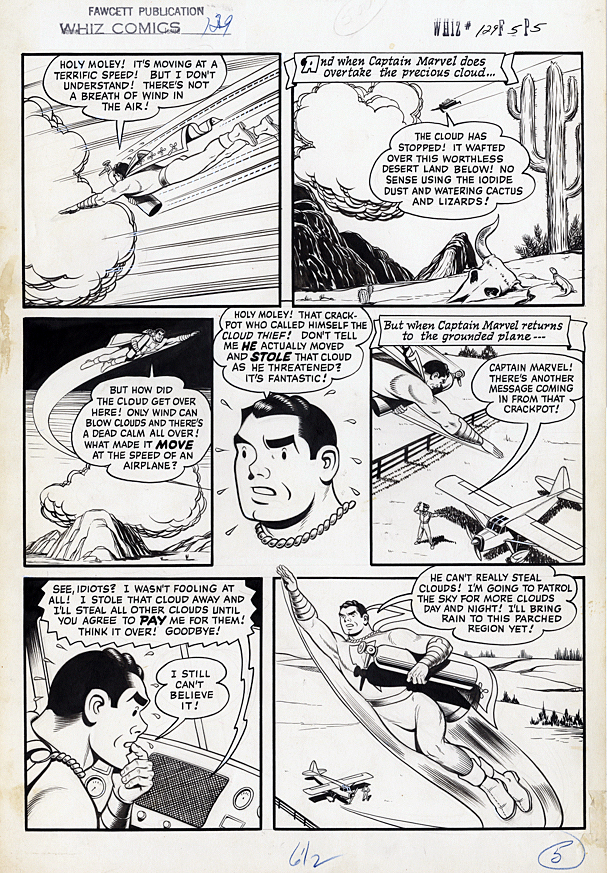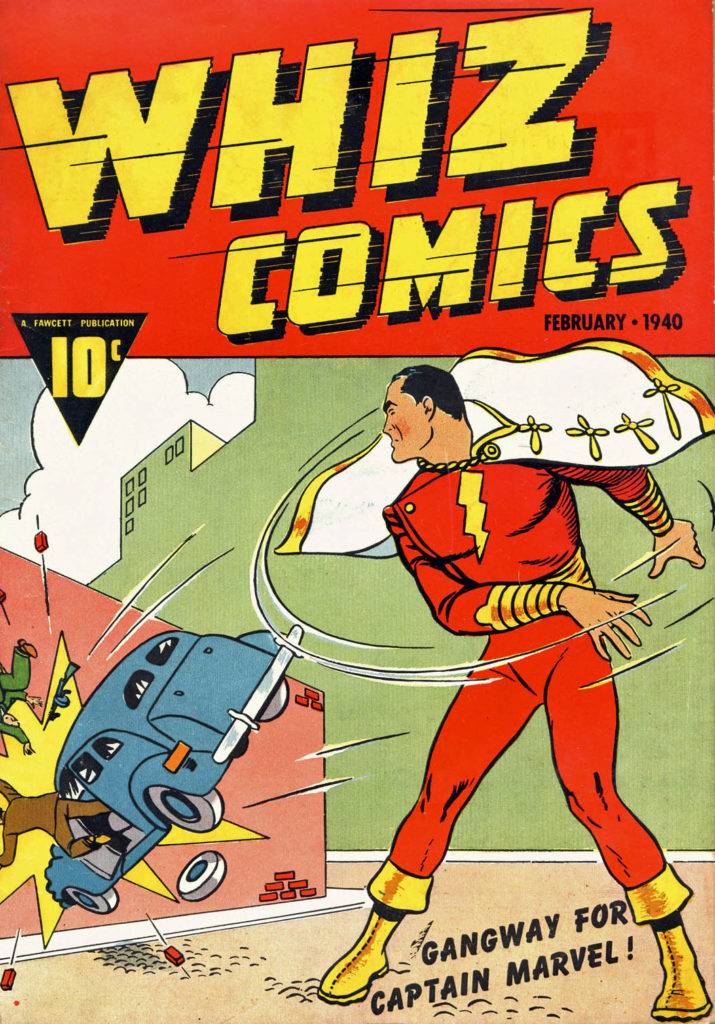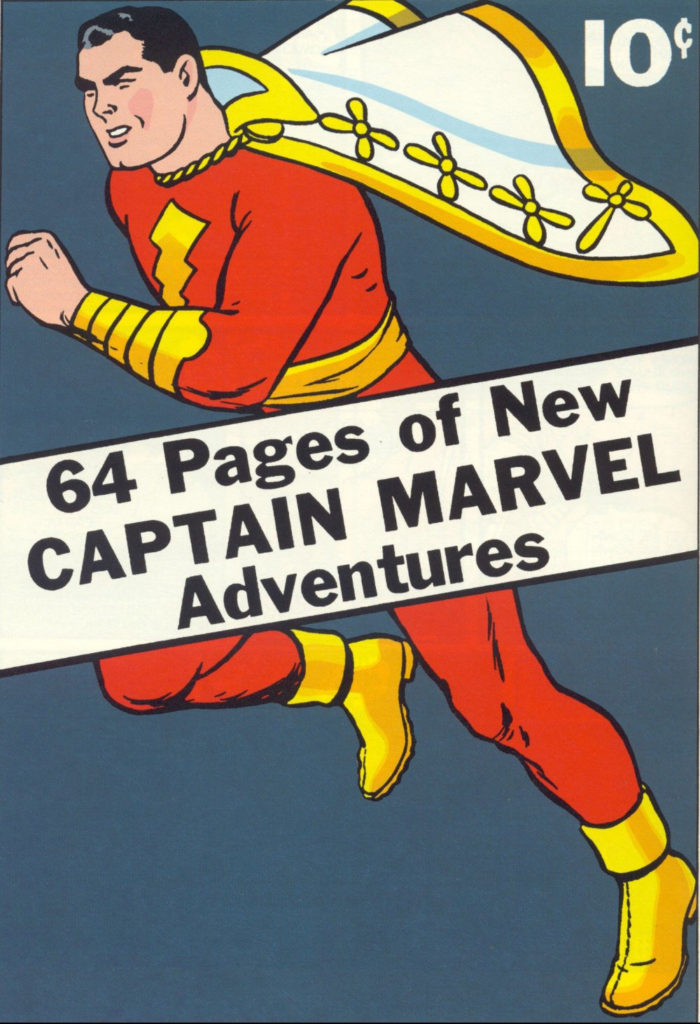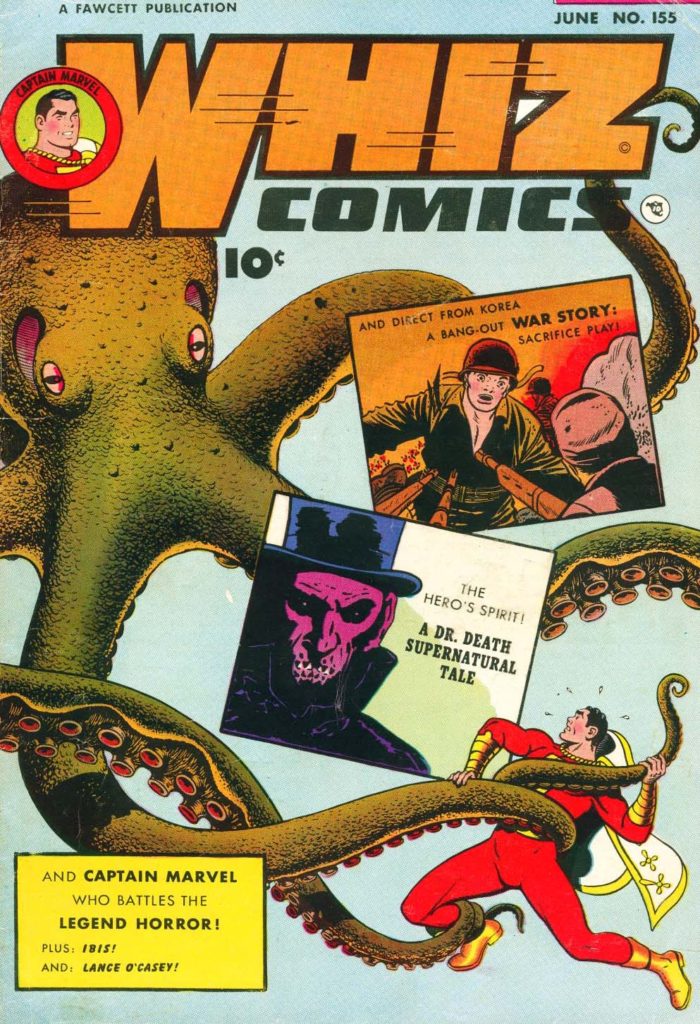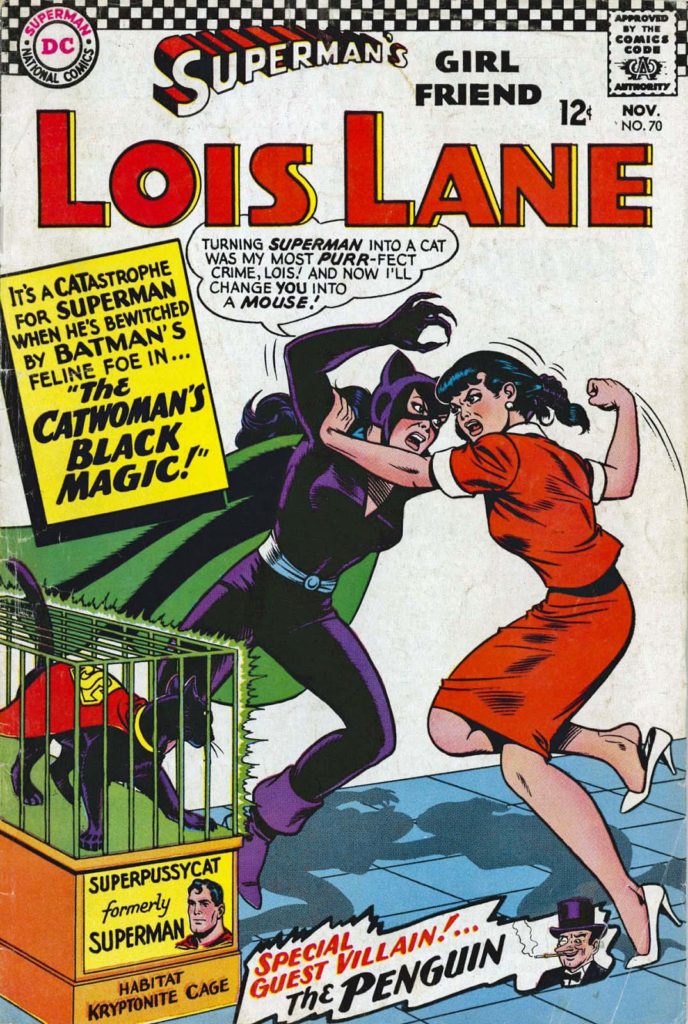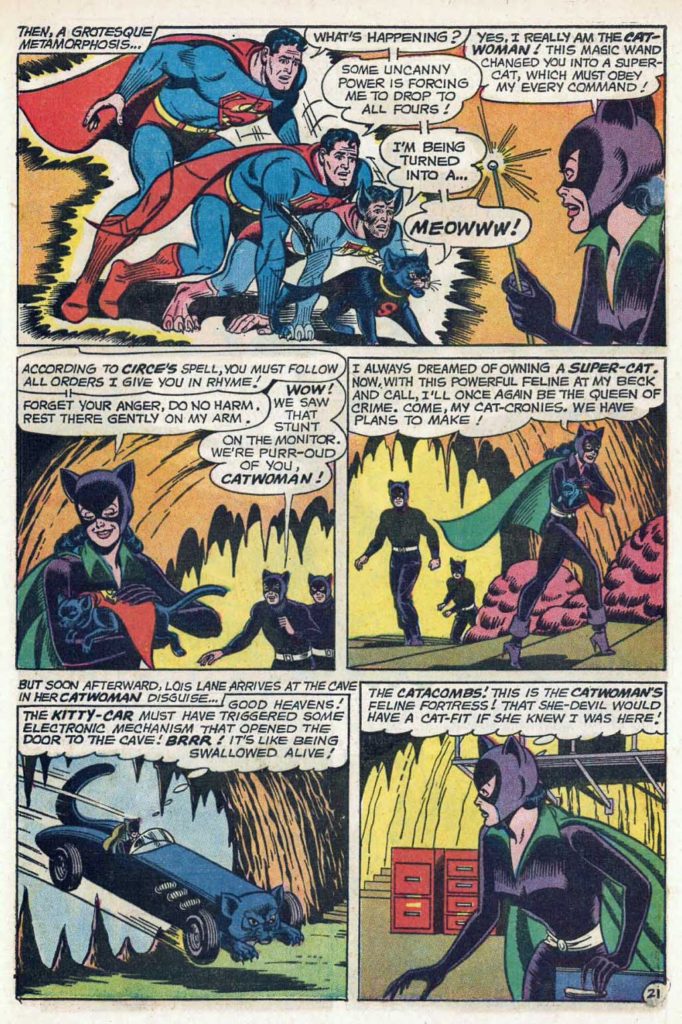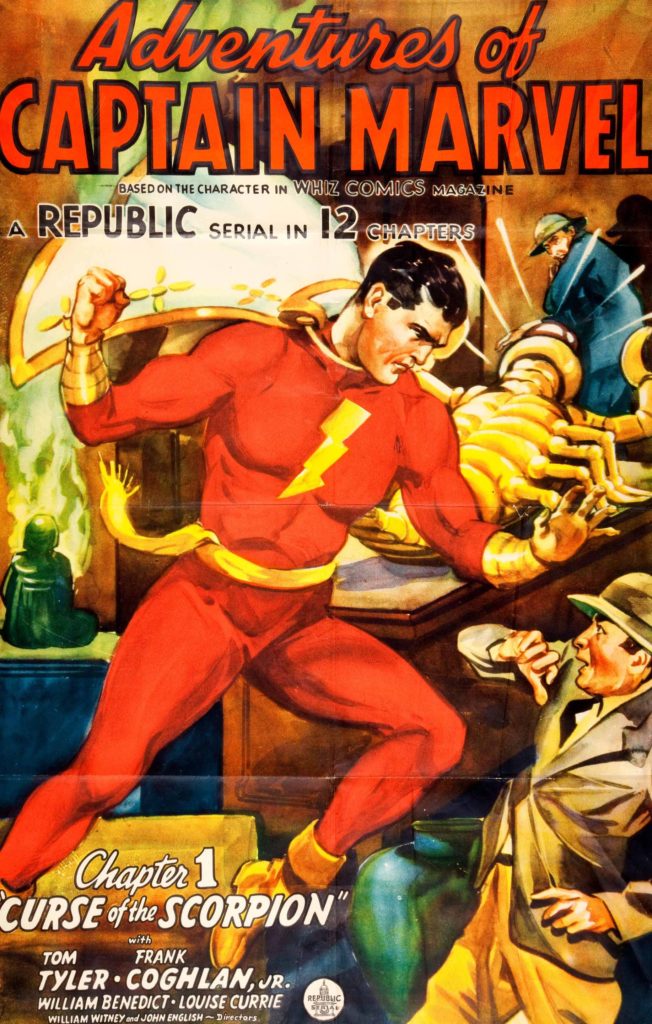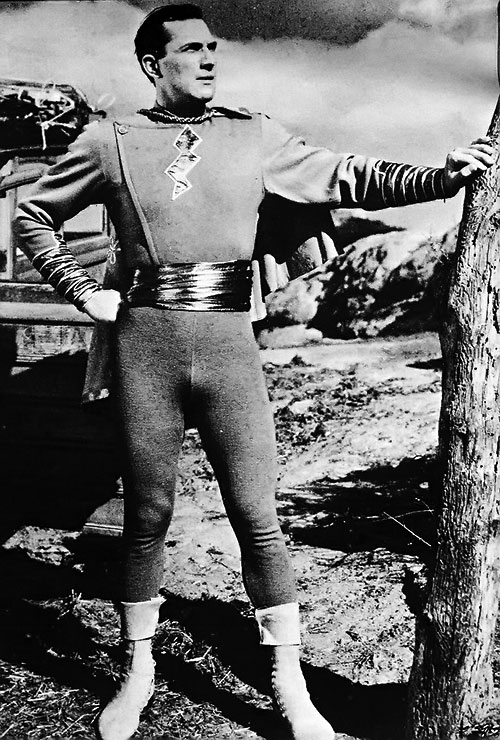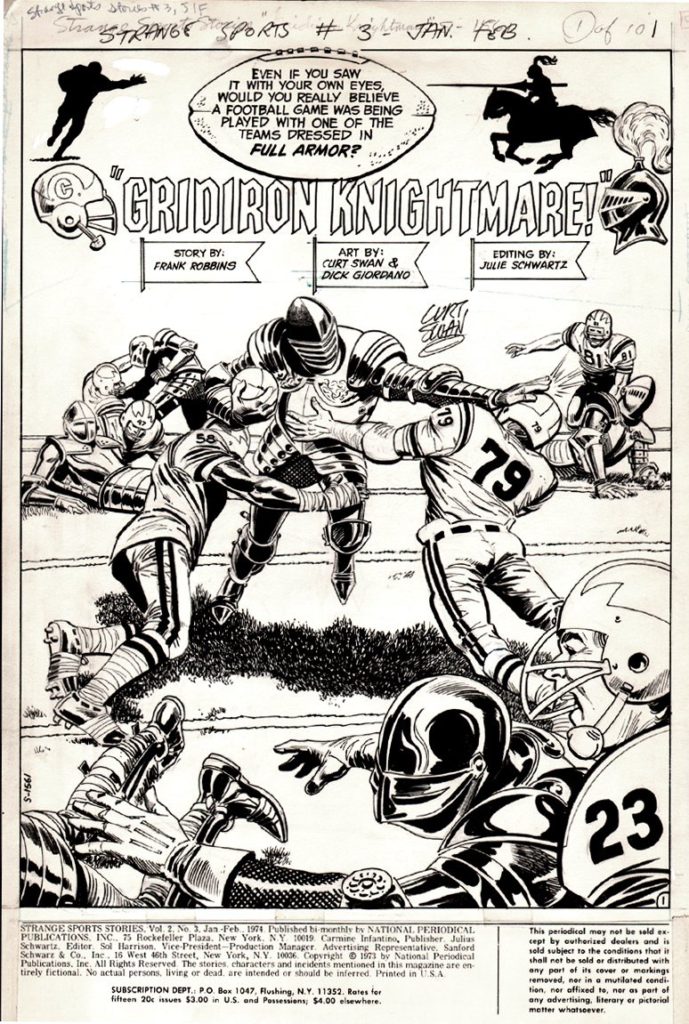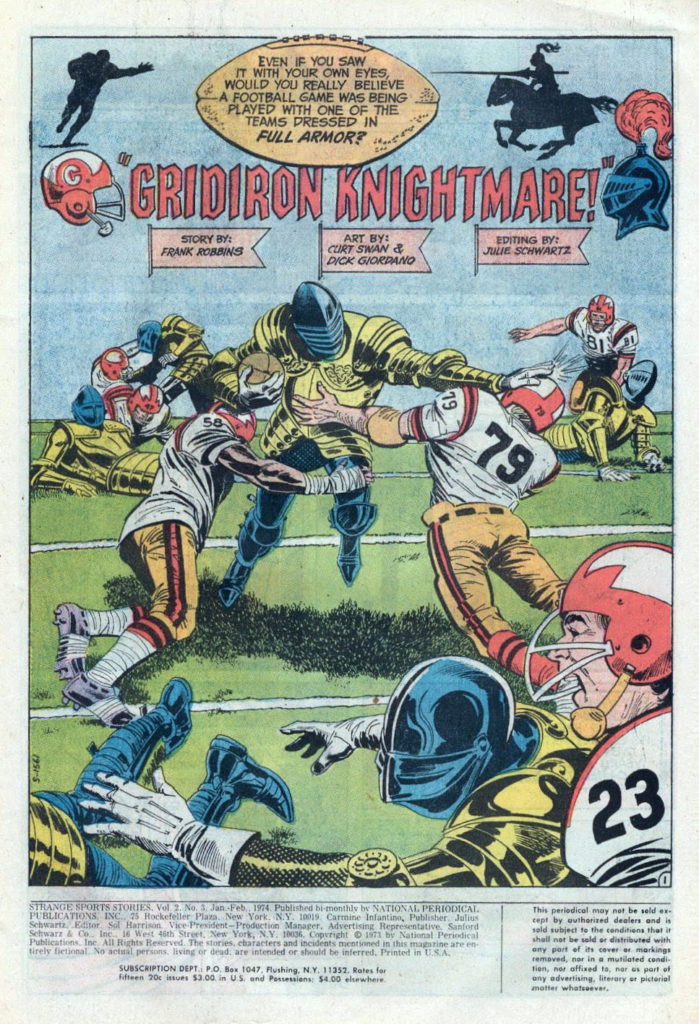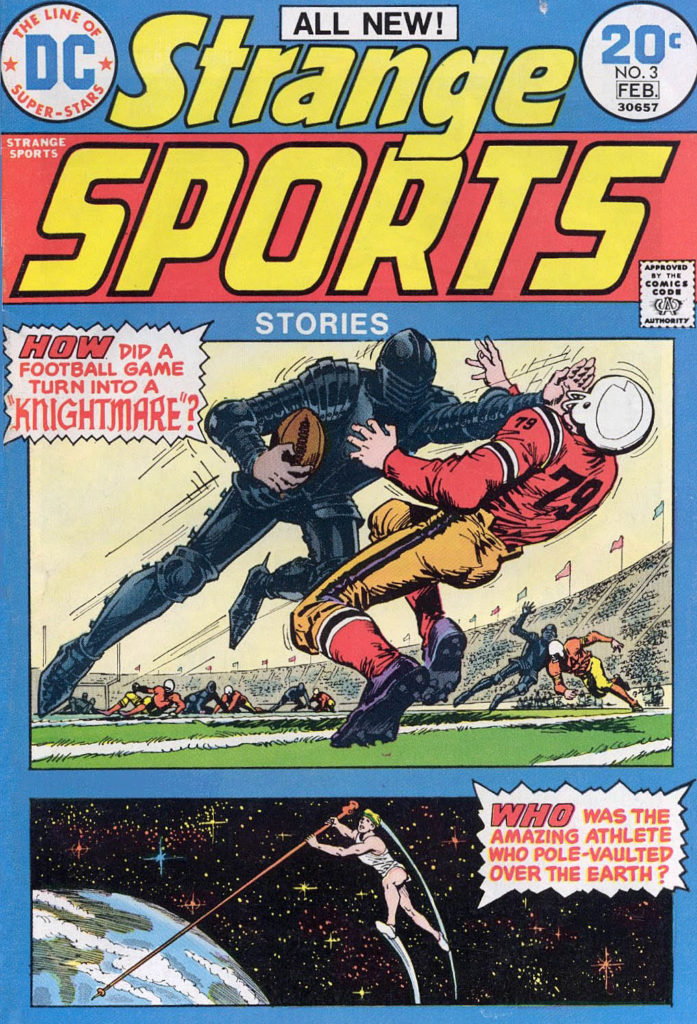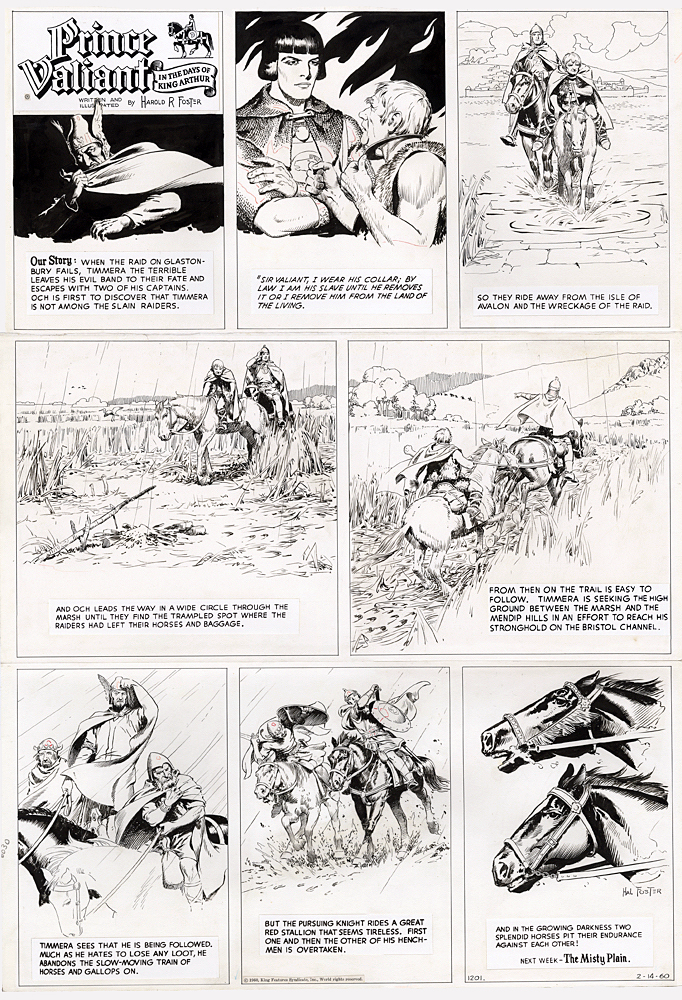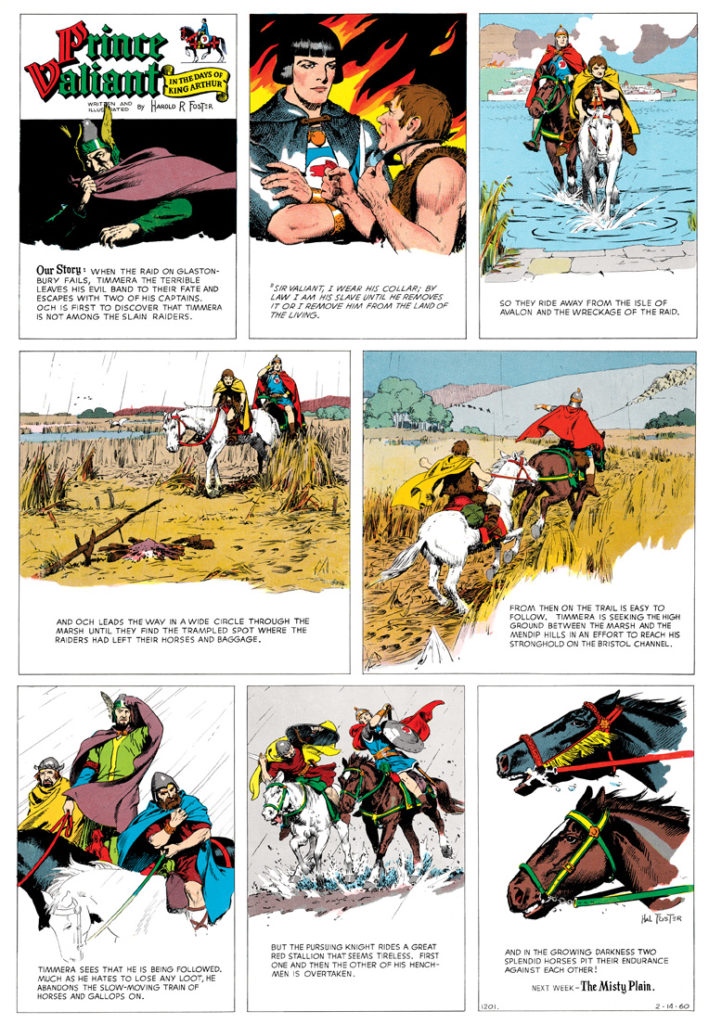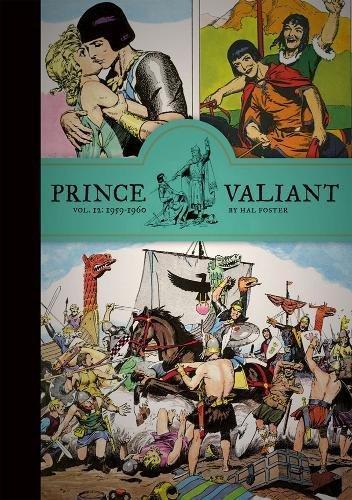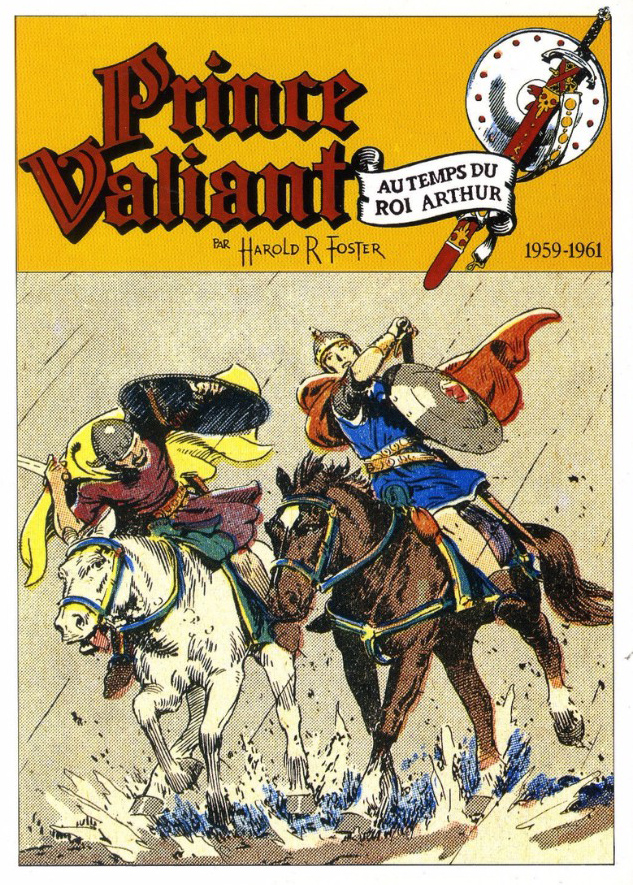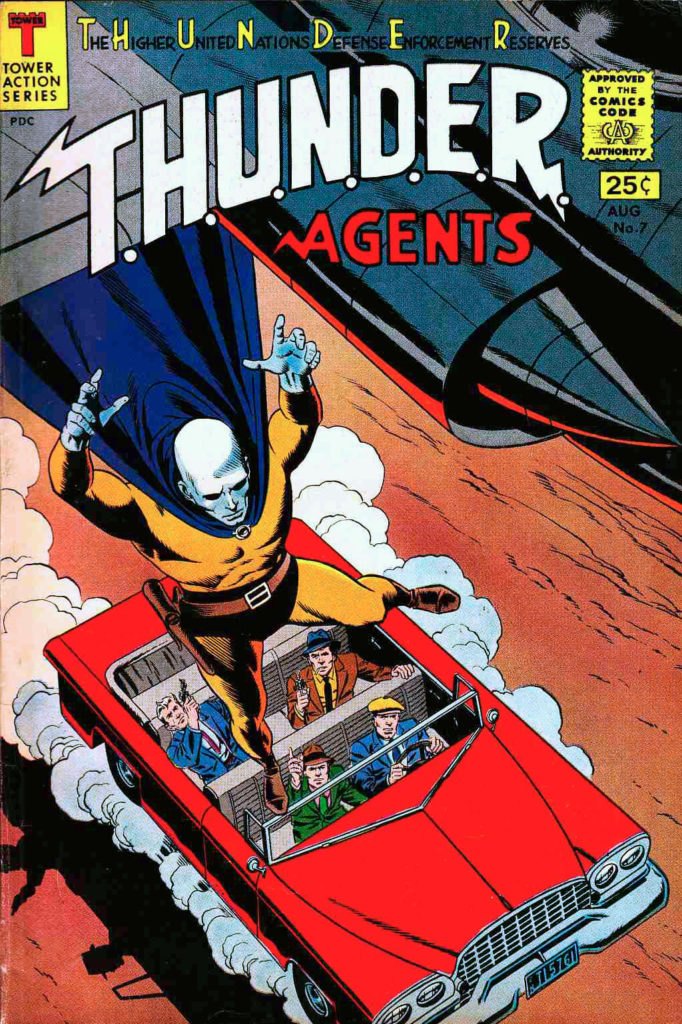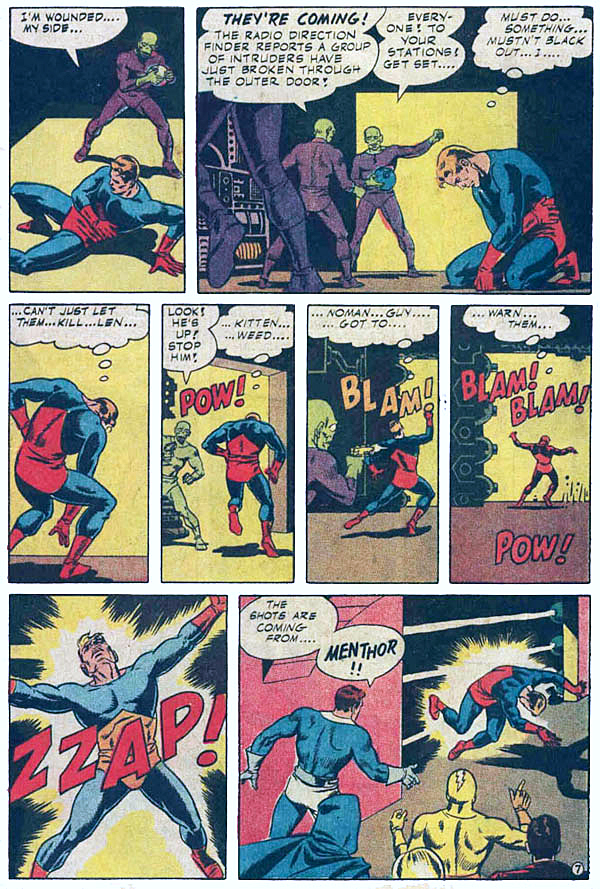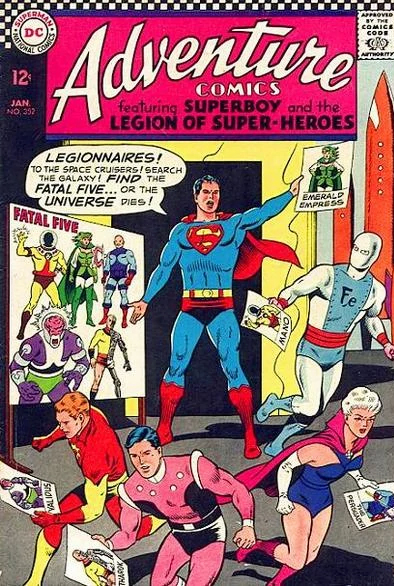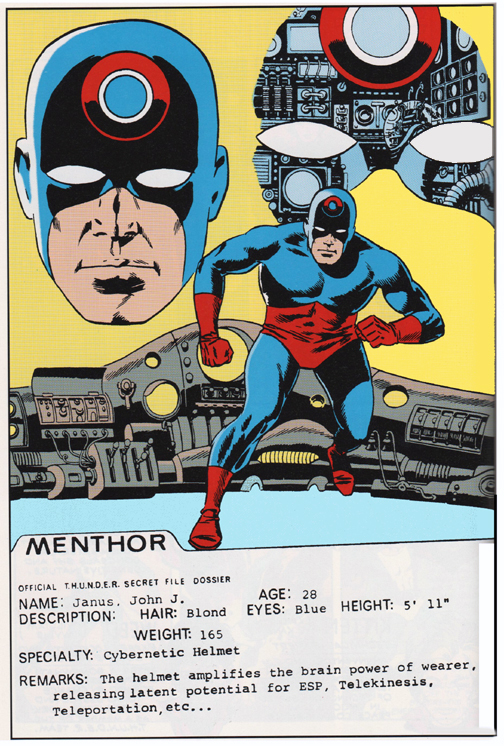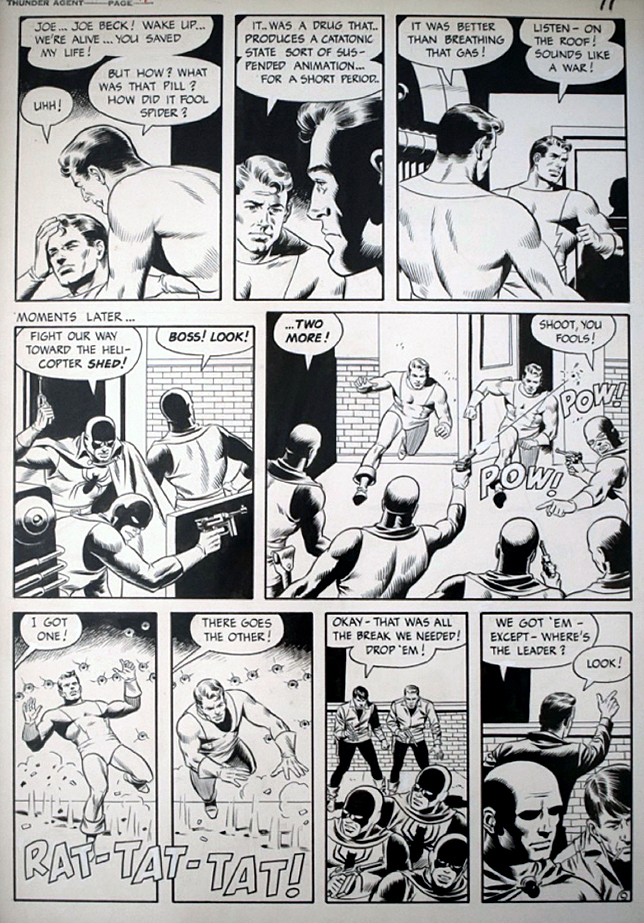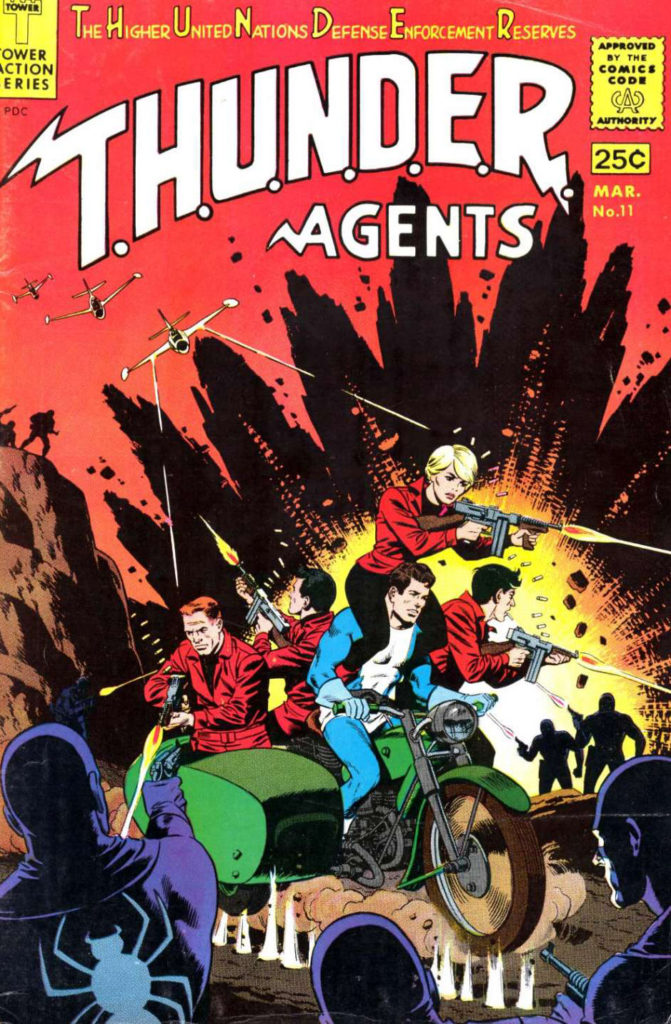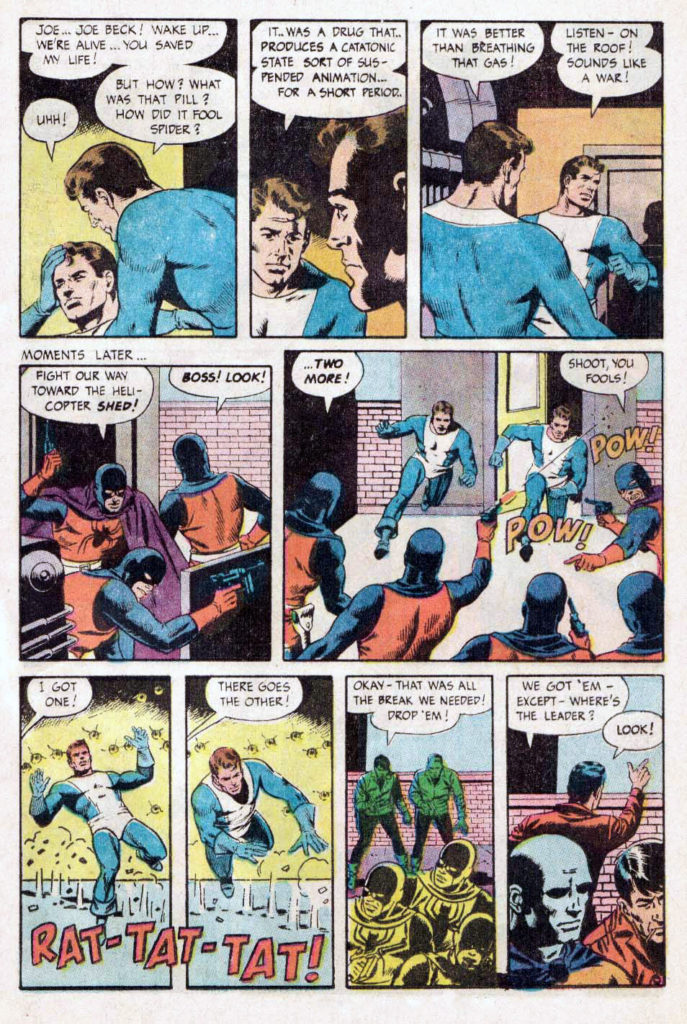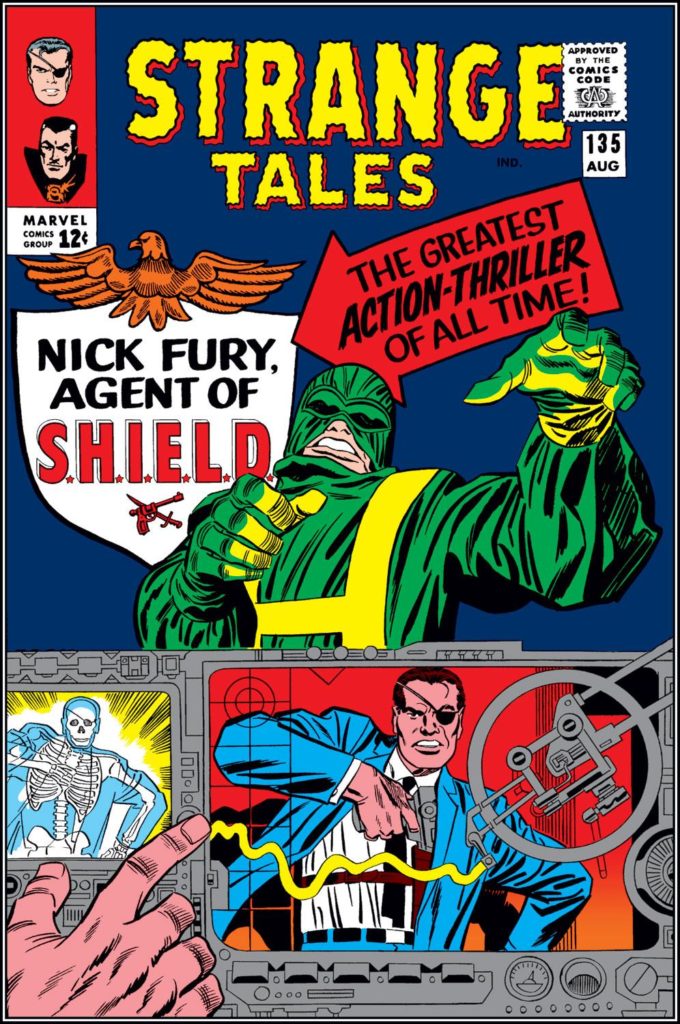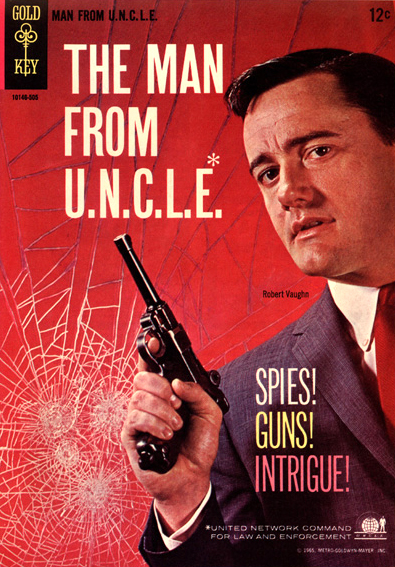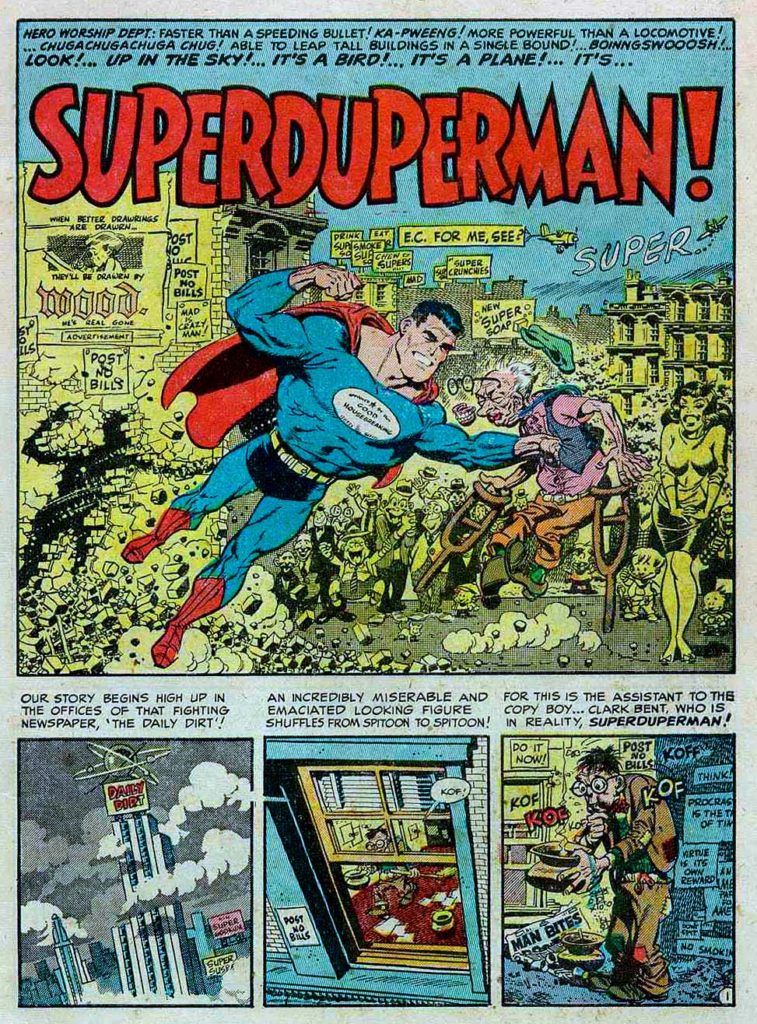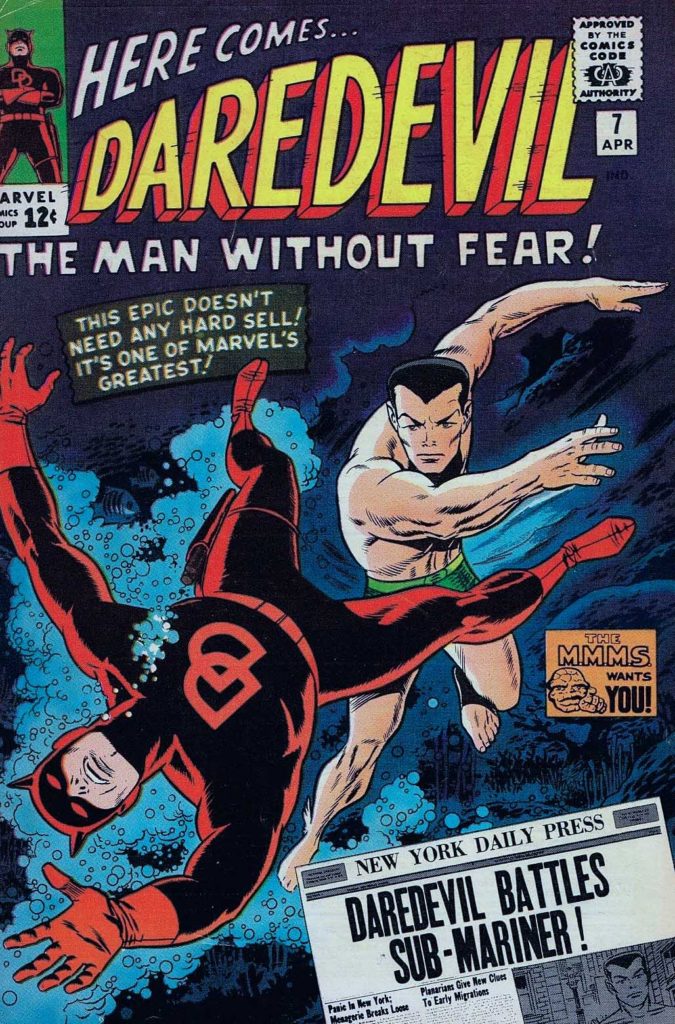Giorgio Comolo — Across The Universe
Thor #168 (September 1969), Cover Re-creation, 2006
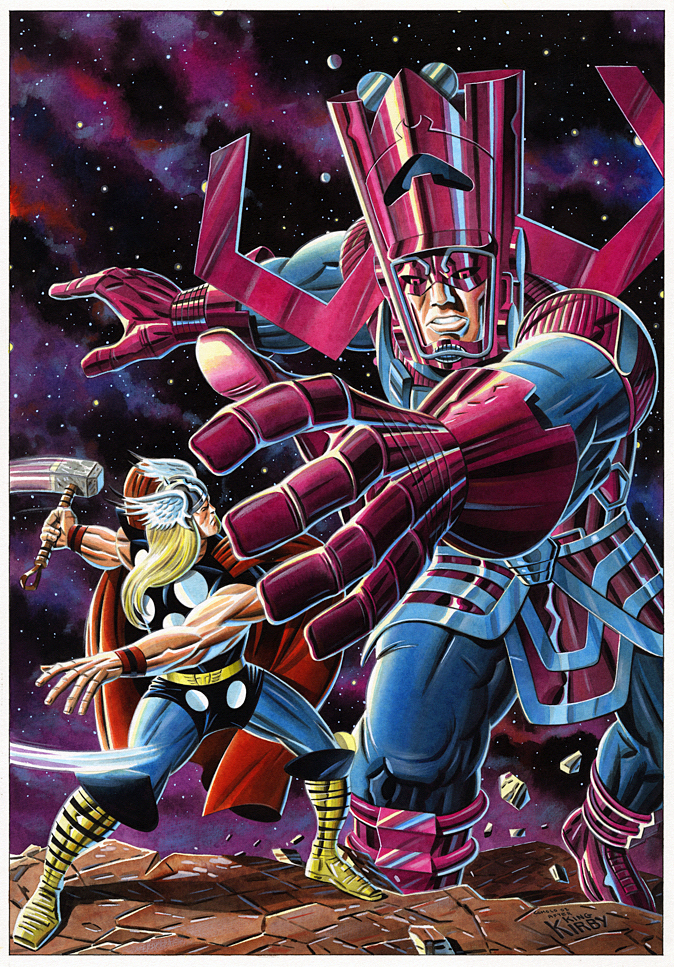
Today wraps our special remembrance to Jack Kirby with a third piece by Giorgio Comolo, an Italian artist who worships the King — and expresses his adoration with unique and lovely homages and recreations.
“It is your understanding I seek — and not your enmity!” —Galactus
Galactus reveals his origin to Thor (and to us) in this story arc, after Thor, at Odin’s insistence, tracks down the planet devourer in the far reaches of the universe.
Kirby is doing some of his wildest Marvel science fiction in these issues — a small hint of what will come just a short time later in his “Fourth World” comic books at DC.
Apparently, Galactus is not a bad guy. Despite the fact that he devours worlds and galaxies, destroys trillions of lives, he’s misunderstood. That’s all.
Uh-huh.
Comolo homages the cool Kirby cover image and fleshes out the background with cosmic details. And again, he employs that very specific neon-like palate. He also makes Thor’s face a bit more visible — a nice touch. (Although he keeps Thor’s somewhat wonky hand from Jack’s original.)
Oh, and he gives Galactus pants and full sleeves. Galactus should always have pants and full sleeves.
No one has (yet) published a book –or even a portfolio — of Comolo’s Kirby homages. I hope that is rectified in the near future.
Or hey, at a minimum, how about celebrating the 60th anniversary of the Fantastic Four next year by doing Kirby cover homages all year long. Who wouldn’t want to contribute to that?
Meanwhile, Thor #168 itself?:
Kirby. Thor. Odin. Galactus. The Watcher. Balder. The Warriors Three. The Thermal Man…
A pretty good deal at 15 cents.
